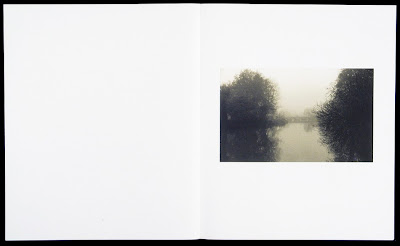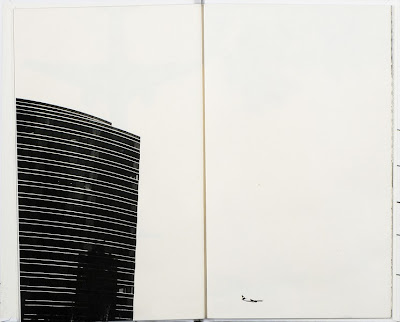Swinging the Lambeth Walk. By Len Lye (1939). Source.
Len Lye (1901-1980) "was a New Zealand-born artist known primarily for his experimental films and kinetic sculpture.
His films are held in archives such as the New Zealand Film Archive, British Film Institute, Museum of Modern Art [MoMA, New York] and the Pacific Film Archive at University of California, Berkeley.
Lye's sculptures are found in the collections of the Whitney Museum of American Art, the Art Institute of Chicago, The Albright-Knox Art Gallery and the Berkeley Art Museum."
'Swinging the Lambeth Walk' was made "without a camera by painting directly onto the celluloid".
Read more here, here, here and here for example.
First quote from here ; second quote from here.



































